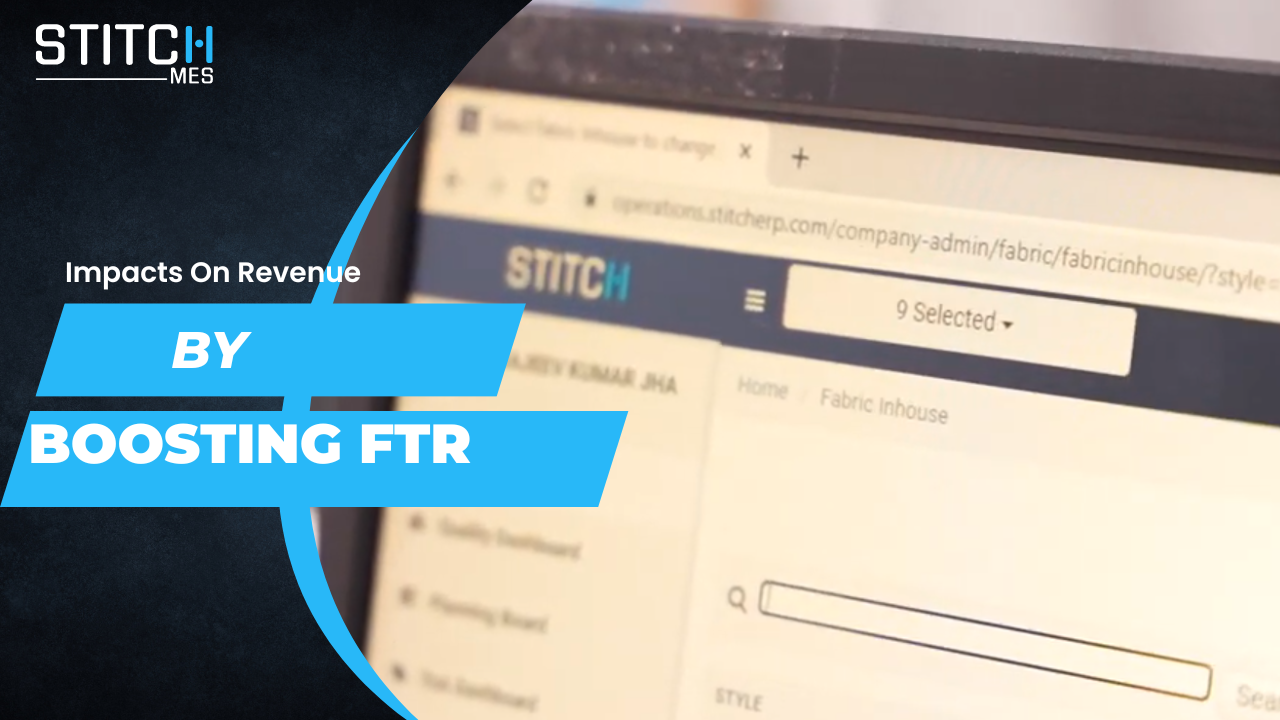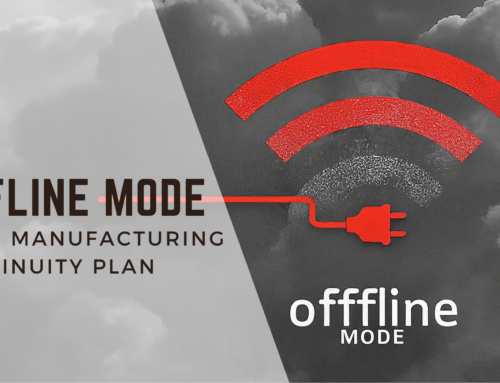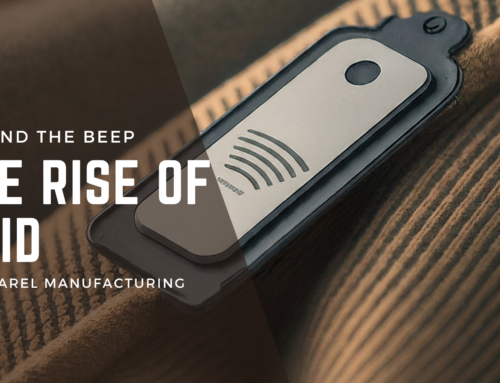Failing to understand the root of an unsuccessful project is an ordeal often encountered in many firms. If we live in a world where any activity is completed rightly in the First-Go, i.e No alterations, No wastes with a 100% outcome, it would be solely achieved due to the optimistic approach molded into a whole habit!
Such an evolvement of a habit is the pillar of the concept First Time Right (FTR). FTR centres around minimising waste and maximising the efficiency in production. FTR encourages us to believe that Every day, there are numerous ways to do things better & quicker than yesterday to produce more efficiency.
FTR (First Time Right) outlines in ensuring all the activities are carried out successfully in the right manner the first time. This is a highly recommended implementation method for the Apparel Manufacturers to corroborate to receive a maximum output in the first time with no improvisations or waste. Of course, one cannot ensure the yield to be 100 % at the first go, but can eliminate certain operational efficiencies in the shop floor that are obstructing the perfect score.
FTR is a valuable Key Performance Indicator to calculate the gaps in the plan and execution of the whole production process. In addition to it, FTR also highlights the preventable losses in the production process. The output as measurements makes a convenient chance for the Apparel Manufacturers to act upon and draw out necessary changes that are required.
Implementing FTR in the Apparel Processes
Connecting the previous arguments, FTR isn’t a set of instructions of If’s and Then’s. It is rather a simple checklist of few important factors to be considered inorder to help you achieve the desired goals. The main factors of FTR comprises of:
1. Defects Management: This is the most important factor addressed by FTR as this is the primary source of a failure. Defect management is one of the major concerns of Apparel Manufacturers. Not everyone has the luxury to do rework and ultimately it will lead to unnecessary wastage. The customer end is never aware of the defects which has been extracted out and it comes down to the loss of manufacturers.
2. Overproduction: Due to the fear of defects, we get into a tendency of overproducing in order to meet the deliver time in production processes. At times also to make up for the production that did not go right the first time they were produced. With the minimisation of defects, the urge to overproduce goes down too.
3. Processing Production: There are multiple processes involved before the final output reach to it’s customer. At all these stages, proper inspection and data hoarding should be done. The data thus recorded should be put for analysis instead of ignoring the inefficiencies. It is always better to devote time and money in tools that captures data accurately in readable format which is accessible to everyone in the firm rather than manually deploying manpower which may influence in biasness.
4. Waiting Time: The difference between the customer’s deadline requirement and the total turnaround time of the final product is denoted as Waiting Time. This waiting time is taken majorly because of the rework when things are not done right the first time.
5. Stock log: Production stock up maintenance is one of the major time taking processes and is often manually done. This again abstain manufacturers to achieve the output deadline. In order to attain FTR, manufacturers must acknowledge the need for digitised tools that reduce time consumption and provide accuracy in the complete data.
As we proceed living in to a digitally acknowledged world were trends are evolving with the emergence of the latest technologies, the methodologies that served us for the past 3 years may not be the obliging tools we should implement in our manufacturing processes now. With the introduction of the FTR into the production process, it becomes facile to eradicate challenges and actions that are no more delivering the gain and efficiency expected by the firm. Having the ability to monitor and examine the execution procedures in real-time is pretty requisite to respond in today’s world.
Have you been practising in implementing FTR in your Apparel Manufacturing process yet?
We would love to know it in the comments below!















Thanks for your blog, nice to read. Do not stop.